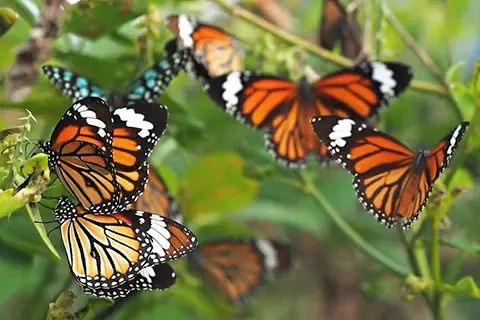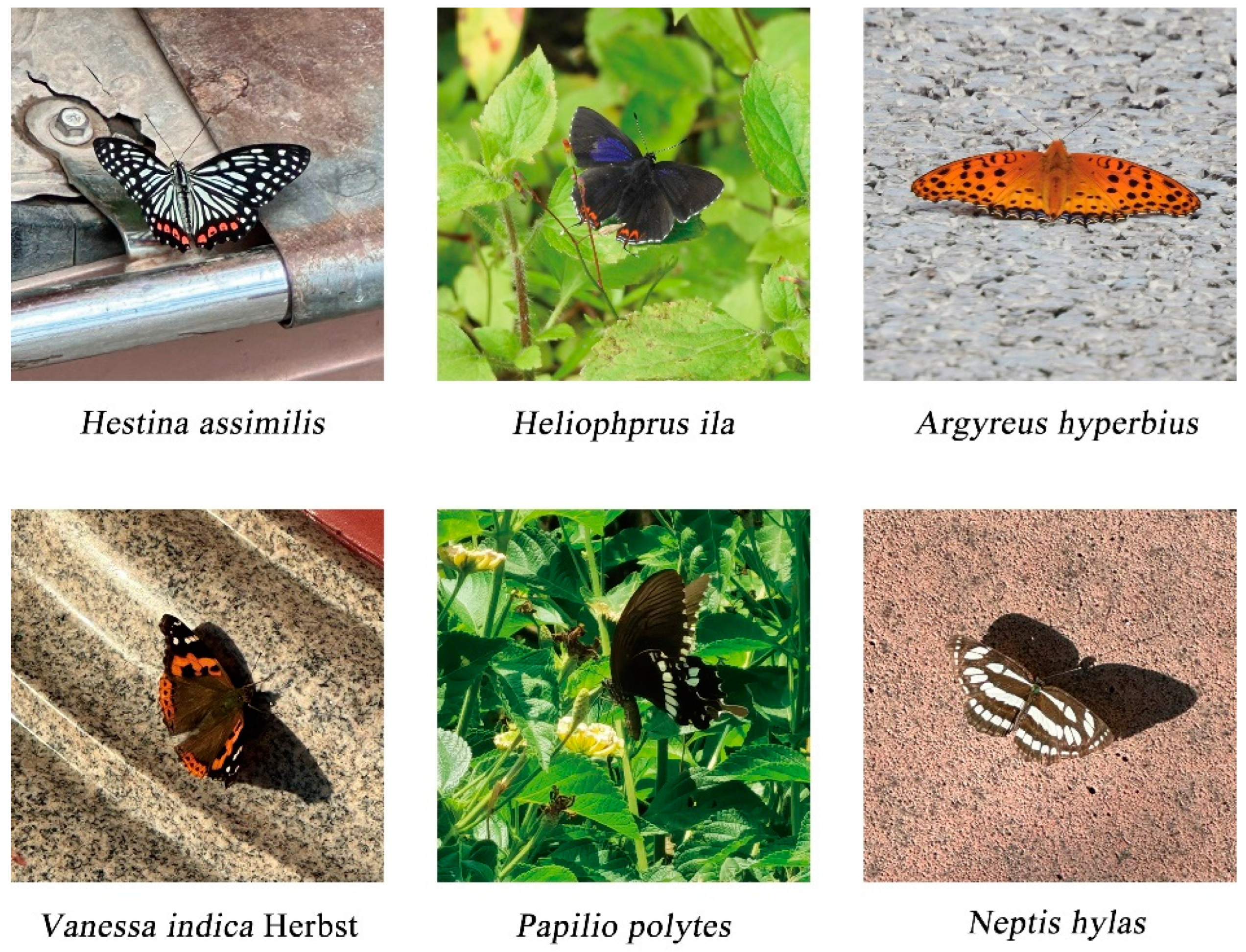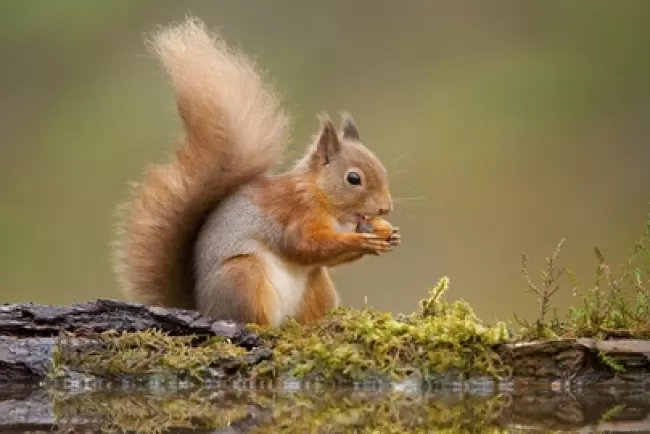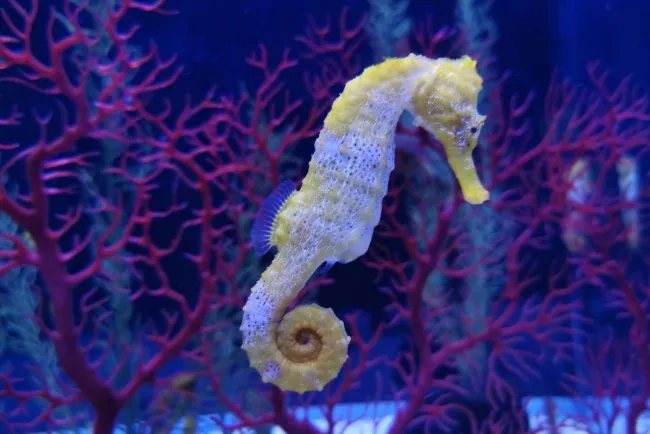Types of Butterflies and Their Ecological Significance...!!!
Butterflies are not only enchanting creatures but also play essential roles in maintaining healthy ecosystems. Their contributions to pollination, serving as food sources, indicating environmental health, and supporting genetic diversity highlight their ecological significance. By understanding and appreciating the different types of butterflies and their uses, we can better protect these remarkable insects and the environments they inhabit.

Butterflies are some of the most captivating and diverse insects in the natural world. With thousands of species spread across the globe, they come in various colors, shapes, and sizes.
Types of Butterflies
-
Monarch Butterfly (Danaus plexippus):
-
Description: Monarch butterflies are known for their striking orange and black wings with white spots. They are renowned for their long migratory journey from North America to central Mexico.
-
Habitat: Open fields, meadows, and gardens.
-
Diet: Caterpillars feed on milkweed, while adults sip nectar from flowers.
-
-
Swallowtail Butterfly (Papilionidae family):
-
Description: Swallowtails are large butterflies with distinctive tail-like extensions on their hindwings. They come in various colors, including yellow, black, and blue.
-
Habitat: Woodlands, gardens, and fields.
-
Diet: Caterpillars feed on plants from the Rutaceae family, while adults feed on nectar.
-
-
Painted Lady (Vanessa cardui):
-
Description: Painted ladies have orange and black wings with white spots. They are known for their widespread distribution and impressive migratory patterns.
-
Habitat: Gardens, fields, and meadows.
-
Diet: Caterpillars feed on thistles and nettles, while adults feed on nectar from a variety of flowers.
-
-
Blue Morpho (Morpho menelaus):
-
Description: Blue morphos are known for their iridescent blue wings. They are native to Central and South American rainforests.
-
Habitat: Tropical rainforests.
-
Diet: Caterpillars feed on leguminous plants, while adults feed on rotting fruit and sap.
-
-
Red Admiral (Vanessa atalanta):
-
Description: Red admirals have black wings with red bands and white spots. They are strong fliers and can be found in various habitats.
-
Habitat: Woodlands, gardens, and meadows.
-
Diet: Caterpillars feed on nettles, while adults feed on nectar, sap, and rotting fruit.
-
-
Zebra Longwing (Heliconius charithonia):
-
Description: Zebra longwings have black wings with yellow stripes, resembling the pattern of a zebra. They are known for their slow, graceful flight.
-
Habitat: Tropical and subtropical forests, gardens.
-
Diet: Caterpillars feed on passionflower vines, while adults feed on nectar and pollen.
-

Ecological Importance of Butterflies
Butterflies play a vital role in ecosystems and offer several ecological benefits:
-
Pollination:
-
Butterflies are key pollinators, transferring pollen from one flower to another as they feed on nectar. This aids plant reproduction and maintains biodiversity. While bees are well-known pollinators, butterflies significantly contribute, especially to flowers adapted for butterfly pollination.
-
-
Food Source:
-
Butterflies and their larvae (caterpillars) are a crucial food source for various predators, including birds, bats, spiders, and other insects. This places them as an integral part of the food web, supporting the survival of numerous other species.
-
-
Indicator Species:
-
Butterflies are sensitive to environmental changes, making them excellent bioindicators. The presence, absence, or abundance of butterfly species can provide valuable information about an ecosystem's health and indicate the impact of environmental changes such as habitat loss, climate change, and pollution.
-
-
Genetic Diversity:
-
The genetic diversity within butterfly populations contributes to ecosystems' resilience. This diversity helps species adapt to changing environments and resist diseases, ensuring the long-term survival of both butterflies and the plants they pollinate.
-
-
Aesthetic and Cultural Value:
-
Butterflies hold significant aesthetic and cultural value. Their beauty and grace have inspired art, literature, and traditions in various cultures worldwide. They are also popular in butterfly gardens and sanctuaries, attracting tourists and promoting conservation awareness.
-
-
Scientific Research:
-
Butterflies are extensively studied in scientific research, particularly in ecology, evolution, and genetics. Their relatively short life cycles and diverse adaptations make them ideal subjects for studying ecological interactions, evolutionary processes, and the effects of environmental changes.
-
Butterflies are not only enchanting creatures but also play essential roles in maintaining healthy ecosystems. Their contributions to pollination, serving as food sources, indicating environmental health, and supporting genetic diversity highlight their ecological significance. By understanding and appreciating the different types of butterflies and their uses, we can better protect these remarkable insects and the environments they inhabit.
What's Your Reaction?

















